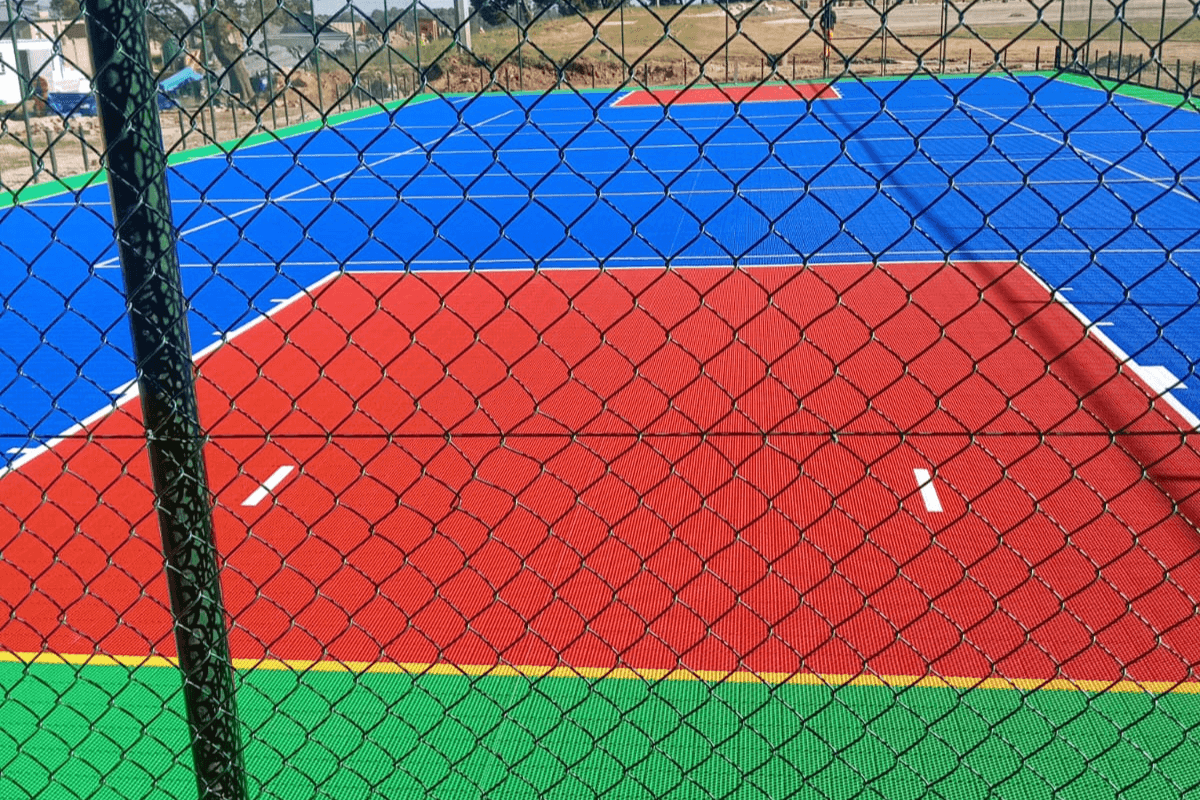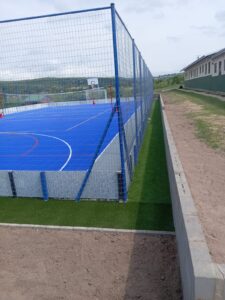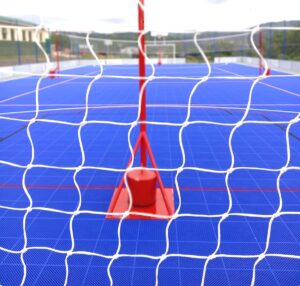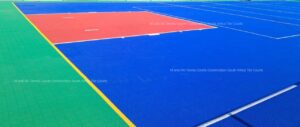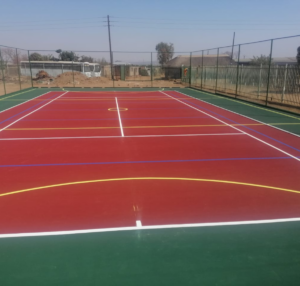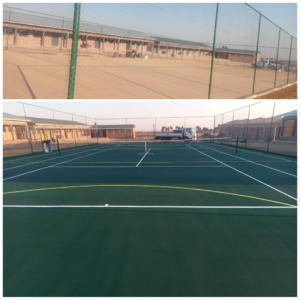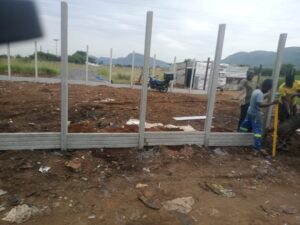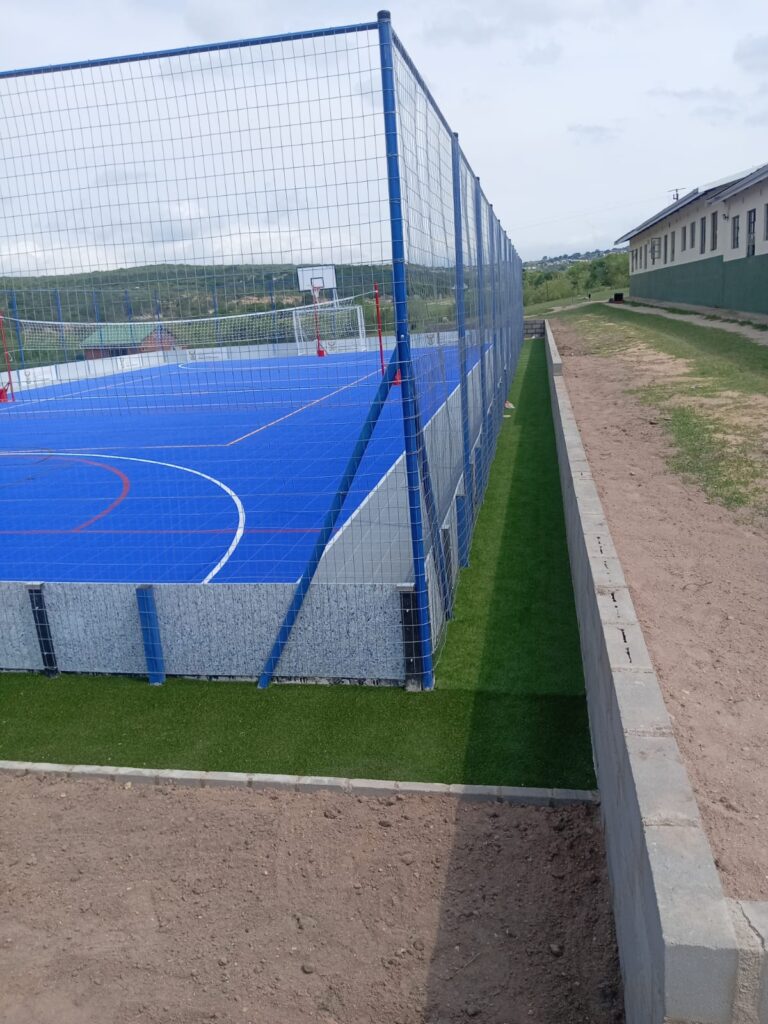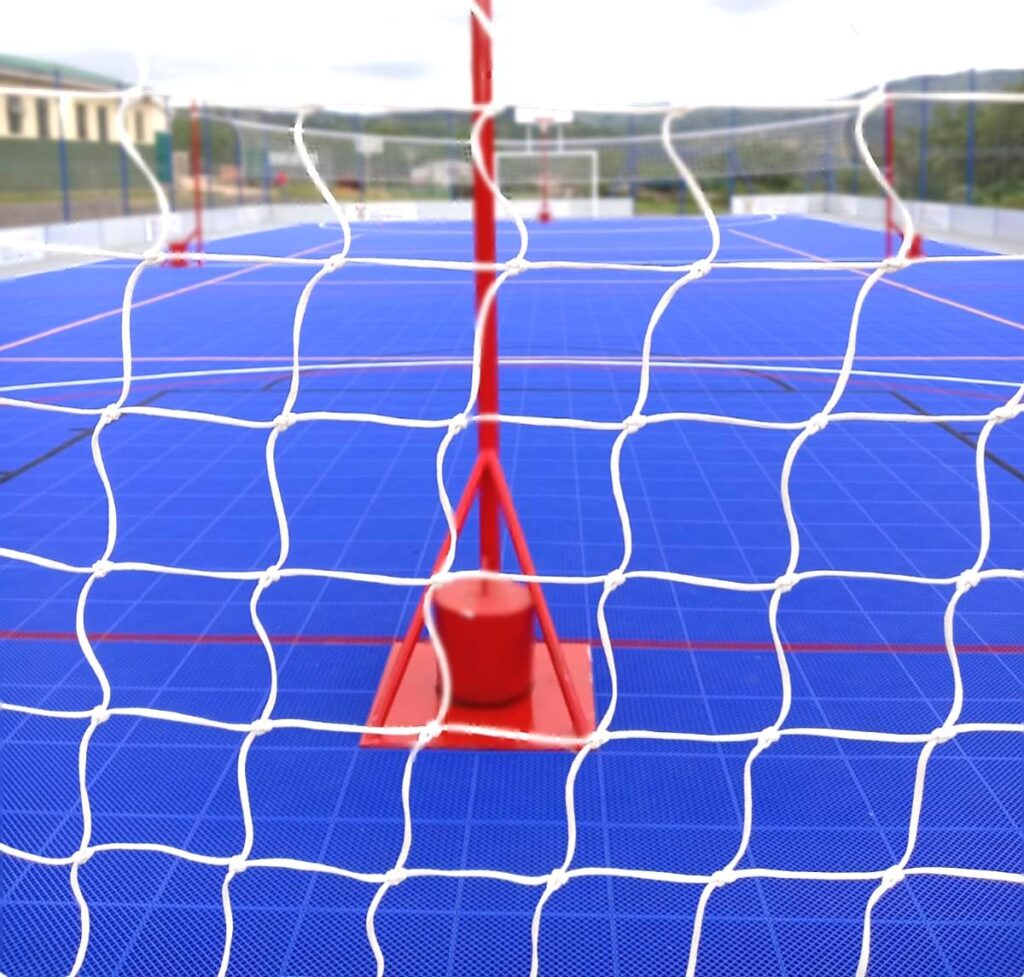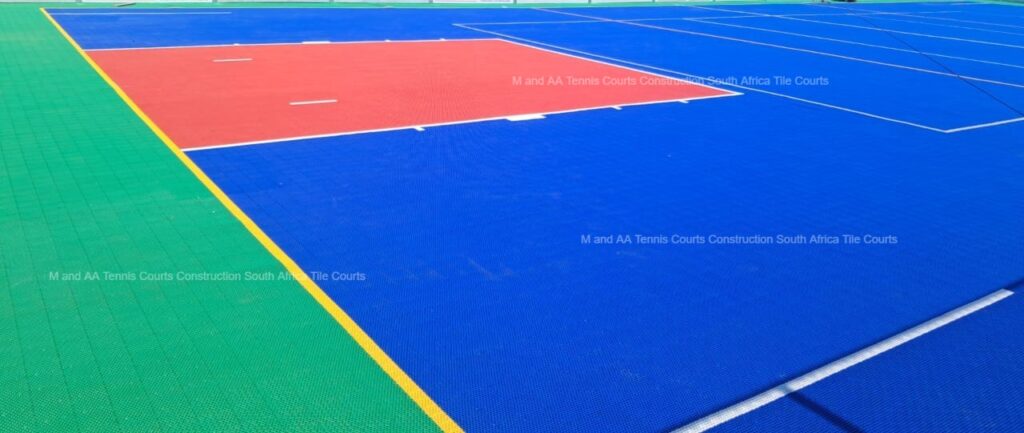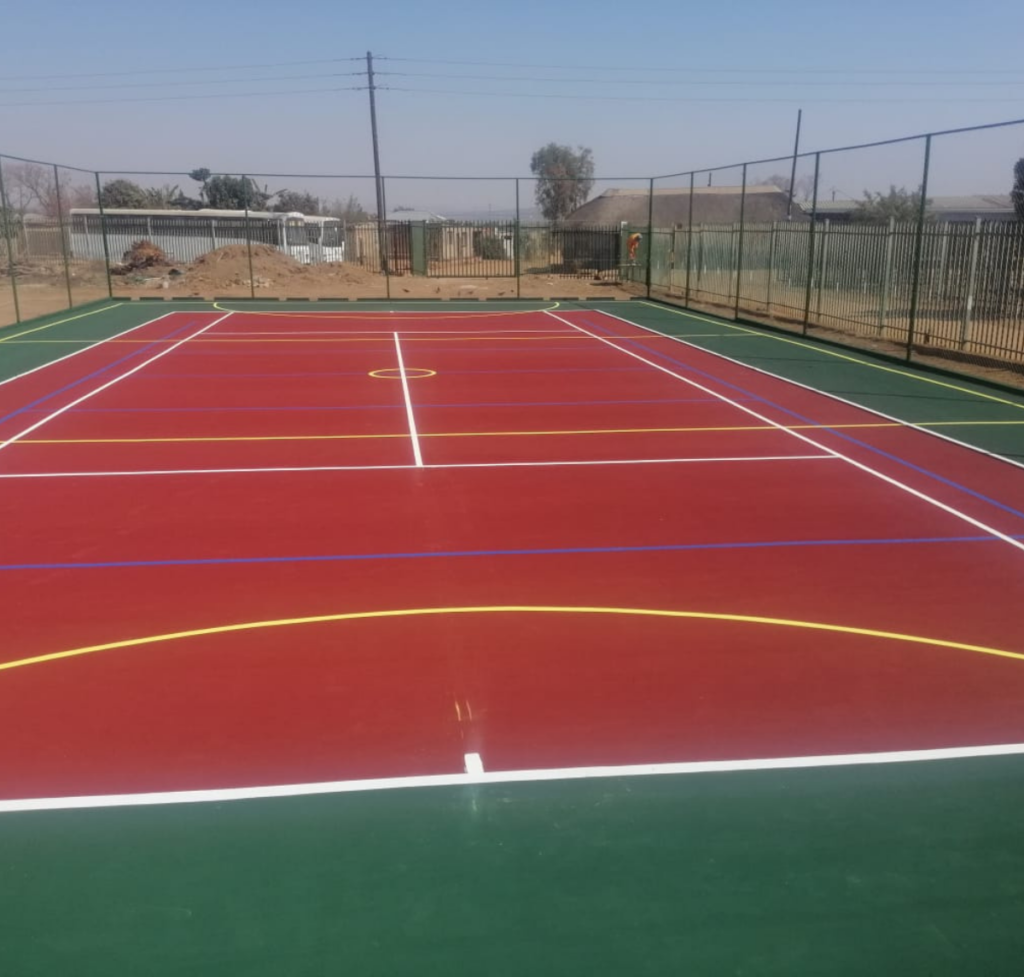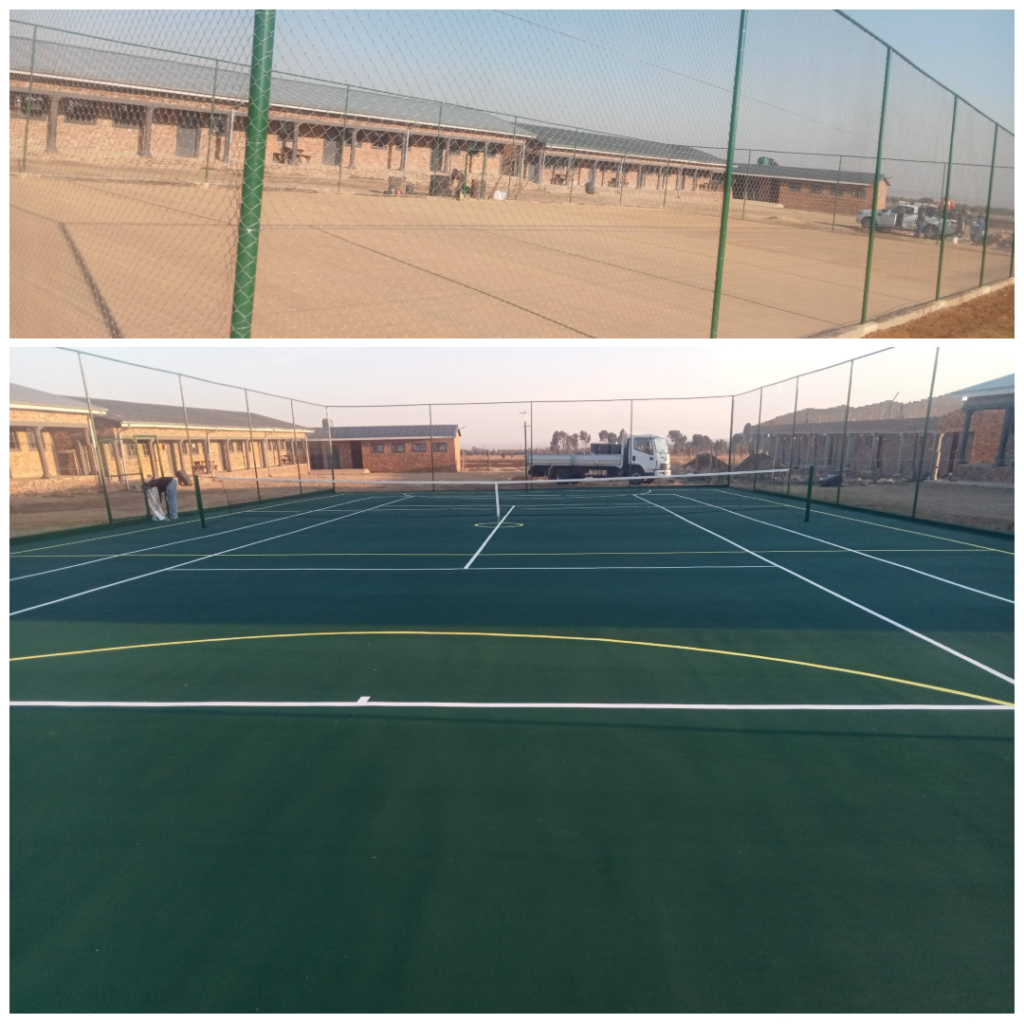Introduction
Fencing is one of the most overlooked but essential components of any sports court. Whether you’re building a tennis court, basketball court, netball court, or a multi-sport surface, fencing plays a vital role in safety, usability, and visual appeal.
In this blog, we’ll break down exactly what makes a good sports court fence, what materials to consider, and how M AND AA TENNIS COURTS (PTY) LTD ensures each court is secure, functional, and built to last.
🔒 Why Sports Court Fencing Matters
Proper fencing isn’t just about keeping balls in play — it’s also about:
- 🔹 Protecting spectators and surrounding property
- 🔹 Preventing unauthorized access or vandalism
- 🔹 Maintaining safety for players and passersby
- 🔹 Enhancing the visual boundary and structure of your court
Whether you’re installing a court at a school, residence, or sports complex, fencing should never be an afterthought.
🧱 Features of a High-Quality Court Fence
When choosing a sports court fence, consider these key features:
1. ✅ Height
Standard fencing height ranges from 3 to 4 meters depending on the sport. Tennis and basketball courts typically require higher fencing to prevent balls from leaving the play area.
2. ✅ Material
The most popular and durable fencing material is galvanized or PVC-coated chain link, which resists rust, provides visibility, and stands up to weather conditions.
Other materials to consider:
- Powder-coated steel mesh for durability and aesthetics
- Welded wire panels for high-security environments
- Custom painted frames for color coordination
3. ✅ Posts and Frames
Fence posts should be deeply anchored and made from heavy-duty steel or concrete for long-term stability — especially in high-wind or high-traffic areas.
4. ✅ Gates and Entry Points
Include secure, lockable gates for controlled access. Depending on the facility, consider adding:
- Double gates for equipment or vehicle entry
- Emergency exits as required by regulations
📐 Design Considerations
Aesthetics matter just as much as functionality. At M AND AA TENNIS COURTS, we offer fencing in custom colors to match your school, club, or branding.
Design tips:
- Use green or black fencing to blend in with natural surroundings
- Match the court’s border colors to the fence structure for visual harmony
- Add sponsor panels, padding, or wind screens as optional extras
🏗️ Our Court Fence Installation Process
-
Site Inspection & Measurement
We evaluate the terrain, mark boundaries, and plan access points. -
Material Selection
Clients choose fence style, height, and accessories. -
Installation
We dig, secure, and align posts with precision — followed by attaching the fencing and final quality checks. -
Final Walkthrough
We inspect the full perimeter and test all gates to ensure functionality.
💡 Bonus: Fencing for Indoor Courts
Indoor court fencing often uses lighter materials or wall-mounted mesh to provide containment without blocking visibility. Let us know if you need indoor-friendly options.
🚀 Why Choose Us for Sports Court Fencing?
- 20+ years of sports facility construction experience
- Durable materials that withstand South African climate
- Tailored fencing solutions for all sports and locations
- Clean, professional installation with guaranteed workmanship
✅ Conclusion
A good sports court fence is more than just a barrier — it’s a crucial component of court safety, performance, and longevity. From height and materials to gates and aesthetics, fencing should be installed with the same attention to detail as the court itself.
📞 Contact Us
Need a professional fence for your new or existing court?
Contact M AND AA TENNIS COURTS today for a free fencing quote.
📞 079 736 7247 / 074 056 0131
